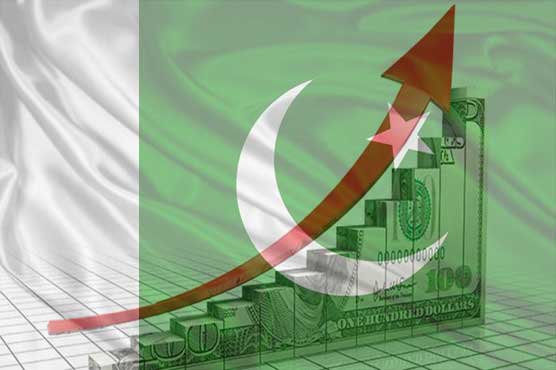Since the start of the year 2024 , Pakistan faced numerous economic crises. At one point, fears of bankruptcy were widespread. However, bold decisions by the government have resulted in rapid improvements. Foreign economic research institutions have also recognized these reforms.
Inflation Declines Significantly
Pakistan has made notable progress in controlling inflation. In May 2023, inflation reached a record high of 38%, the highest in the country’s history. Compared to the previous year, inflation rose by 10.89% in 2023, with an average rate of 30.77%.
At the beginning of 2024, inflation started to decrease. The Pakistan Bureau of Statistics reported that by January, inflation had dropped to 28.3%. Government measures, improved currency value, resumed economic activities, and the IMF program contributed to further reductions. By November 2024, inflation had fallen to just 4%.
Stability in the Rupee’s Value
The exchange rate of the rupee against the dollar has shown stability. In 2023, the dollar crossed Rs 300, sparking concerns it could reach Rs 350. At the start of 2024, the rupee began to stabilize. After an agreement with the IMF, its value improved further.
By December 2024, the rupee had strengthened, with one dollar worth Rs 277 compared to Rs 280 in January. This stabilization helped control inflation and bolstered the economy.
Pakistan Stock Exchange Hits Record High
The Pakistan Stock Exchange (PSX) has experienced a historic boom. The Hundred Index, which was at 64,661 points in early 2024, reached 118,000 points by December. This increase of over 50,000 points is unprecedented in any stock market.
The total market value of companies has surged to Rs 14,855 billion ($52.45 billion). Factors behind this growth include economic reforms, political stability, and increased foreign investment.
Remittances Surge in 2024
Overseas Pakistanis have sent more money home this year. According to the Central Bank, remittances increased by 34%, reaching $14.8 billion. Finance Minister Muhammad Aurangzeb expects total remittances to hit $35 billion, surpassing last year’s $30 billion.
The Roshan Digital Account, launched by the State Bank, has also seen growth. By November 2024, deposits reached $9.1 billion, compared to $7.1 billion in January.
Monetary Policy and Interest Rates
The State Bank of Pakistan has adjusted its monetary policy to align with falling inflation. In July 2023, the base interest rate was 21.5%, its highest level. By December 2024, it had dropped to 13%, while inflation was between 5% and 6%.
Lower inflation and interest rates have positioned banks to earn real profits. Experts highlight Pakistan’s economic progress compared to similar economies.
Ban Lifted on PIA Flights to Europe
The European Air Safety Agency has lifted the ban on Pakistan International Airlines (PIA). After four years of effort, PIA has met international safety standards.
Starting January 10, 2025, PIA will resume flights to Paris. Initially, two weekly flights will operate, with plans for expansion.
Tax Reforms and Collection Efforts
The government has set an ambitious tax collection target of Rs 12,970 billion for the current fiscal year. While the Federal Board of Revenue (FBR) collected Rs 4,295 billion in the first five months, it fell short of its Rs 4,639 billion target.
Prime Minister Shehbaz Sharif has emphasized reforms in the FBR. Efforts include digitization to reduce taxpayer interactions with officials and action against non-filers.
Rising Foreign Investment
Foreign investment in Pakistan has surged, driven by interest from China, Saudi Arabia, and the UAE. Projects like Reko Diq and investments by Saudi Aramco highlight this trend.
In the last fiscal year, foreign investment reached $1.9 billion. During the first quarter of the current fiscal year, it exceeded $770 million, a 48% increase from the same period last year.
Record Profit Transfer on Foreign Investment
Profits and dividends remitted by foreign investors increased by 112% in the first five months of the fiscal year. The State Bank reported $1.129 billion in transfers, compared to $523 million last year.
This growth reflects improved economic conditions and investor confidence in Pakistan’s economy.


